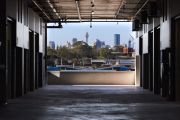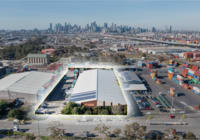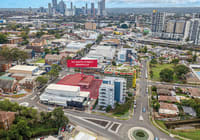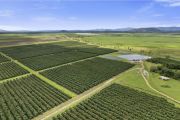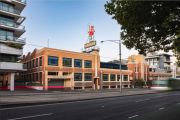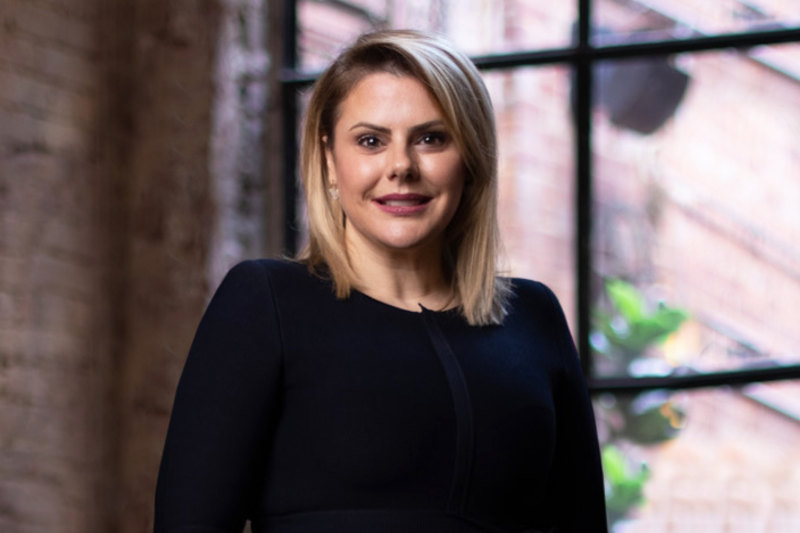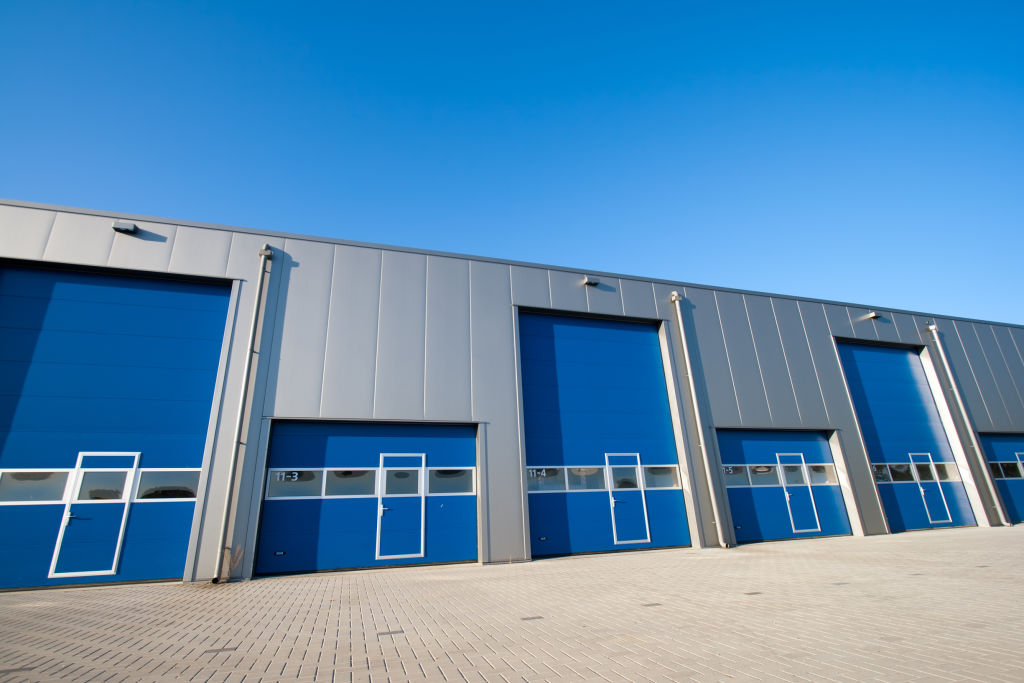
Shortage of land is fuelling demand for strata warehouse units
Interest is surging for strata-titled industrial units, as a lack of options along the eastern seaboard force owner-occupiers to compete with investors eyeing rental growth and a low-maintenance investment.
A record-low interest rate has also encouraged owner-occupiers to buy their own place rather than pay soaring rents.
Savills Australia’s director, head of south Sydney industrial and logistics, Edward Washer, said the land-locked nature of Sydney in particular, plus the declining supply of industrial land, had fuelled the rising interest in strata industrial units.
“The increase in popularity of strata developments has been driven from existing industrial stock withdrawal for alternative land uses: residential and commercial,” he said.
On the buyer side of the market, many investors who are looking at strata industrial units are seeking a better return on investment for their money.
“The investors that purchase industrial units compare the investment to residential and, given the lack of rental growth currently in residential, industrial has been outperforming residential on a net return basis,” Mr Washer said.
And with banks and lenders contending for customers as the official interest rate dropped to 0.75 per cent in October 2019 – below 1 per cent for the first time in history – owner-occupiers with cash in the bank are opting to purchase their own space while securing a good interest rate, rather than pay rent.
As developers want to provide a range of unit sizes to capture demand from different parts of the market, the cost can vary vastly.
In Sydney, prices for smaller storage spaces can start from $300,000, but larger units can set buyers back between $5 million and $6 million.
Buyers looking at these strata industrial developments include mum-and-dad investors, self-managed superannuation funds and high-net-worth individuals, as well as owner-occupiers spanning across the e-commerce and building supplies industries.
The best industrial strata units along the eastern seaboard are close to major existing or pending infrastructure and the majority of the population and CBDs, according to Mr Washer.
Orlando Maciel, Cushman & Wakefield’s head of industrial for NSW, said while demand was strong across the board and good buys could be found “almost anywhere” in Sydney, his team had seen a lot of activity in the city’s central west sector east of the Parramatta CBD and the outer and southwest precincts.
“Many investors are thinking longer term, particularly for locations along a train line or within the location surrounding new infrastructure,” he said.
“With vacancies around 2 per cent or lower in these major precincts, demand shouldn’t slow anytime soon.”
Strata industrial units are attractive for investors who want a smaller property investment “closer to home”.
“The outgoings are much lower than bigger industrial sites on a quantum value and they’re not as high intensity a space to manage; owners can get in and out quickly, lock up and not have to worry about significant maintenance,” Mr Maciel said.
“Many self-managed super funds and buyers from the trades sector don’t particularly need 300 square metres to 500 square metres industrial warehouses but are happy to borrow money given the low interest rate environment and invest in smaller spaces of anywhere between 30 square metres to 100 square metres.”
Tom Lund, Savills’ executive industrial and logistics for Victoria, said strata industrial developments close to residential areas were “by far the most popular” and had “always proven [to be] the most successful” for buyers.
“Melbourne’s western suburb of Truganina has shown to be a great example of this,” he said.
“The convenience of the location of tenants living in a catchment area is a large driving force for the success of these developments,” he said.
Other areas to consider in Victoria are the inner pockets of Melbourne, within seven kilometres of the CBD, as it is close to the major business hubs, according to Knight Frank’s Victorian head of research Finn Trembath.
Some of these include McArthurs Business Park in Altona North, Sugar Hill Development and The Base in Yarraville for the west, as well as Scanlon Business Park in Epping, in the north.
Mr Trembath attributed the escalating demand for these properties in Melbourne to their affordability.
“On average, you can expect a strata block to cost around $550,000 [in Melbourne], while depending on size [and] location of the developments, the price per square metre can range from $2000 to $2500,” he said.
Similarly, strata-titled industrial properties were also becoming popular in Brisbane, with the appeal to investors being that many investment options were below $1 million, CBRE’s Brisbane industrial and logistics negotiator Jack Hardy said.
“As property prices have increased, if you are wanting to get in the market, your first buy will most likely be a strata unit,” he said, adding that Brisbane’s south-west industrial market was the best value for money in the city.
And on the development front, strata industrial projects make sense for developers as the model allows them to maximise the gross floor area on their development sites, according to Mr Hardy.
“In turn [they can] create the most profit as the smaller units achieve a higher [per] square metre rate.”
